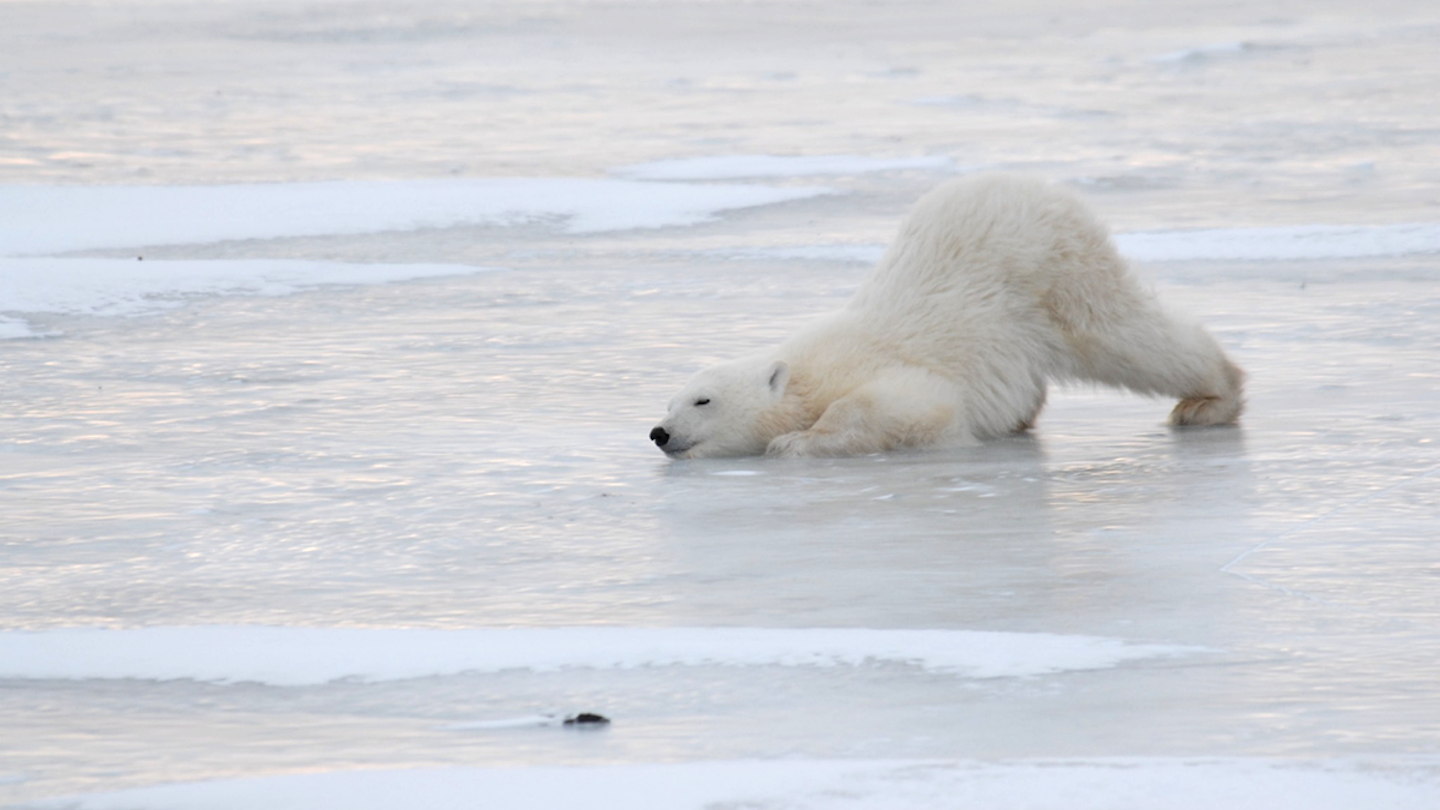Polar Bear Week: A Celebration of Conservation and Observation
In many parts of the world, large social gatherings are still limited, but fortunately for scientists and animal enthusiasts, no one’s told the polar bears. As they do each year, the iconic Arctic creatures are set to gather in Manitoba’s Hudson Bay, and viewers from all over can tune in to observe them snooze, stretch, and spar from afar.
The Annual Gathering
A natural occurrence that sees hundreds of bears congregate along the coast as they wait for temperatures to drop and sea ice to form, the Churchill conclave has inspired an annual event for humans as well: Polar Bear Week, kicking off this year on November 1. This event features educational programming, climate-change action points, and broadcasts from the tundra.

Engaging Events During Polar Bear Week
Anxiety surrounding elections can be alleviated by participating in a guided relaxation session called “Zen out with Polar Bears” on November 3. For those curious about polar bear migration, a live virtual field trip titled “The Phenomena of Polar Bear Migration” is scheduled for November 12. Additionally, the live cams offer chats with scientists and experts, daily updates on the bears’ migration, and, of course, numerous wild polar bears basking in the Arctic elements.
Understanding Polar Bear Behavior
“We’re going to see a lot of sleepy bears for sure,” states Alysa McCall, staff scientist and director of conservation outreach at Polar Bears International. “For the most part, they’re trying to conserve energy; they haven’t really had a good meal since maybe May or June. So we see a lot of sleeping and a lot of stretching to work out the old bones.”

“However, we also see a lot of curious bears,” McCall continues. Polar bears can overheat, so when cooler weather arrives—typically in November—they often exhibit more playful behaviors. “If we’re lucky, we’ll see a bit of sparring; they might actually play-wrestle for us.”
Monitoring Environmental Changes
In addition to observing typical behaviors, scientists will monitor how the bears respond to this year’s pandemic-induced environmental changes. “Churchill has a lot of tourism,” McCall notes. “In previous years, it was fascinating to observe their interactions with the tundra buggies in the area. Tourists would be on these large vehicles, and the bears would approach, stand on their hind legs, and check people out. However, this year, there are significantly fewer tourists, which will be interesting as we consider how the bears occupy their time without that stimulation.”
“We don’t like to anthropomorphize, but they’re highly intelligent animals,” she adds. “They have their own personalities and react differently to new situations, which is always intriguing to observe.”

Polar bears have been classified as a vulnerable species for years due to rapidly diminishing sea ice and other pressing factors like pollution and disease. This summer, as sea ice levels dipped to near-record lows, scientists indicated that the species faces a serious threat. Reports suggest that “polar bears could become nearly extinct by the end of the century due to shrinking sea ice in the Arctic if global warming continues unabated,” as highlighted by the New York Times.
“Polar bears are iconic animals that signal the impacts of global warming. We hope Polar Bear Week inspires people to pause, appreciate, and advocate for this species,” stated Krista Wright, executive director of PBI, in a press release. “If we act swiftly and collectively to transition to renewable energy, we can preserve polar bears for future generations.”
For more information, visit polarbearsinternational.org.





